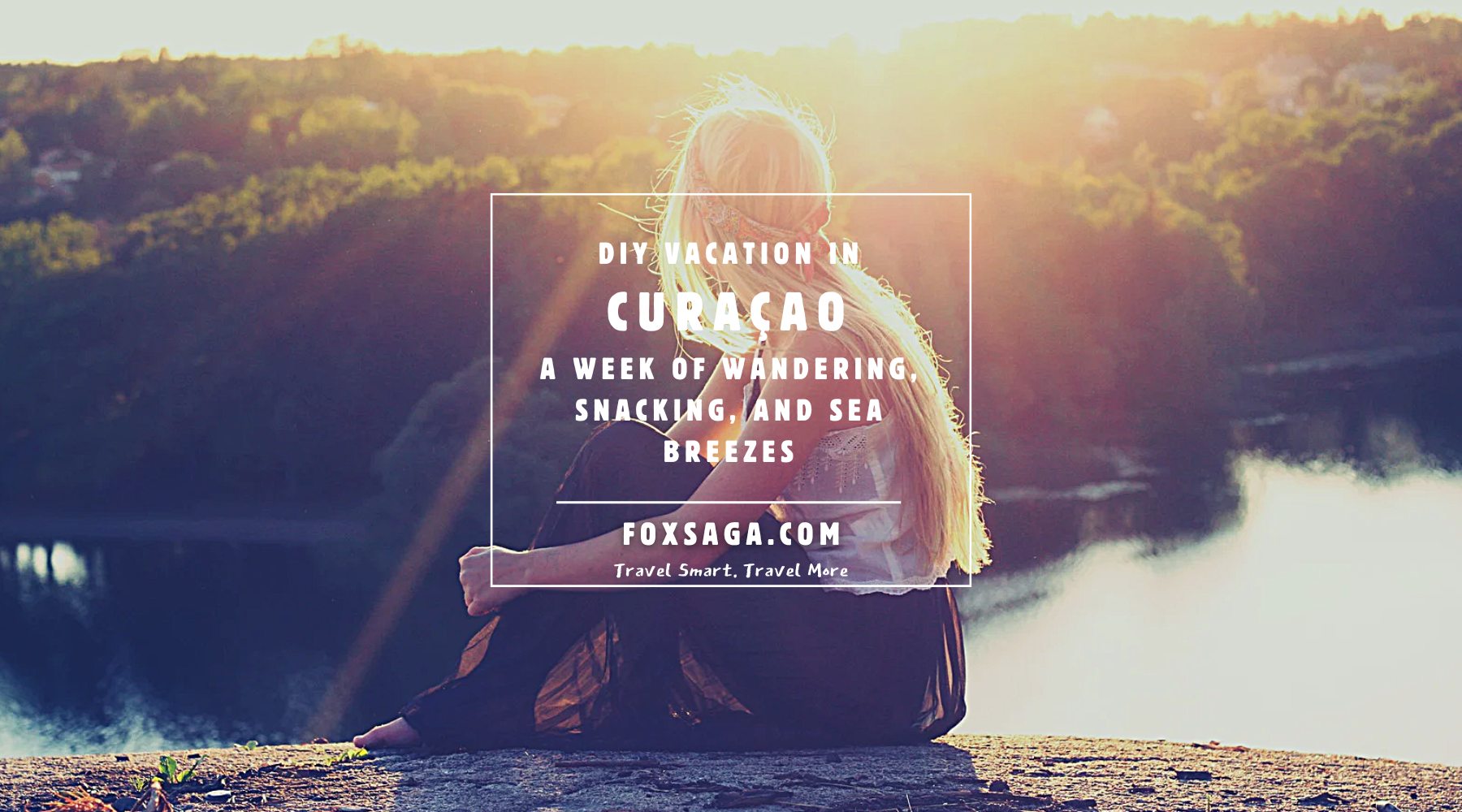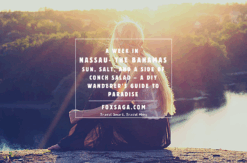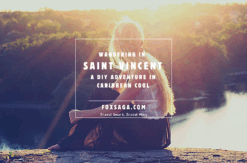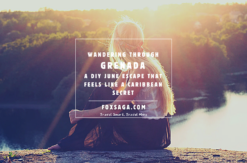Let’s get one thing straight: Curaçao doesn’t care if you arrive with a tour guide or just a backpack full of questionable sunscreen and ambition. The island welcomes wanderers with open arms, crystal-clear water, and a pace so relaxed it might recalibrate your entire nervous system.
You land, drop your bags at your charming, well-rated hotel — the kind of place that’s close enough to both the beach and downtown to make you wonder if teleportation was involved — and just like that, you're in full vacation mode.
From the jump, Curaçao feels... different. In the best way. It’s Dutch Caribbean, which means pastel buildings with European flair, but with reggae vibes, Caribbean flavor, and a heat that’s more “wrap you in a beach towel” than “slap-you-in-the-face.” It’s bright. It’s breezy. It smells faintly of saltwater, rum, and grilled chicken.
And it’s perfect for the DIY traveler who doesn’t want to be herded around with a name tag.
Let the Wandering Begin
Start in Willemstad, the capital and a UNESCO World Heritage site that looks like someone handed a box of crayons to a very enthusiastic architect. The neighborhoods of Punda and Otrobanda are split by the St. Anna Bay and connected by the Queen Emma Bridge — a floating pedestrian bridge that swings open like it’s part of a magic trick. Locals call it the “Swinging Old Lady,” which feels affectionate and slightly suspicious at the same time.
Punda is full of art murals, cozy cafés, and tiny boutiques where you’ll consider buying a linen shirt you’ll never wear back home. Cross over to Otrobanda for a more local vibe, street food stands, and yes, more murals. You’ll eventually end up with way too many pictures of walls and drinks you “needed” to try.
Food Is Not Just a Meal — It’s the Mission
Eating in Curaçao is an adventure in itself, and honestly, wandering on an empty stomach here should be illegal. The island’s culinary scene is a glorious mashup of Caribbean, Dutch, Latin, and African flavors.
Go to Plasa Bieu (the Old Market) in Willemstad for lunch and let the aunties behind the counters feed you like you’re their long-lost niece/nephew. Try stobá (beef stew), guiambo (okra soup), or fried fish with funchi (their version of polenta). If it comes with plantains, say thank you and don’t ask questions.
For dinner with a view that doesn’t try too hard, head to Fort Nassau, perched above the city. The food’s great, the cocktails are better, and the view at sunset is so good it might ruin other sunsets for you.
And if you’re still hungry at night (which you probably will be), hit up a truki pan — Curaçao’s legendary food trucks. These trucks serve up burgers, BBQ, and late-night calories that taste like victory. Tip: order what the person ahead of you ordered. It’s never wrong.
Water, Water Everywhere, and All of It Instagrammable
Beach time in Curaçao is a requirement, not a suggestion. You’re staying near the coast, so that helps. One of the best spots is Playa Kenepa Grandi (locals call it Grote Knip). It’s free, stunning, and the kind of beach that makes you stare at the water for a bit before getting in. Bring snacks, bring shade, and bring your sense of awe.
For something a little more tucked away, Playa Lagun is quiet, rocky, and full of snorkelers who look like they know what they’re doing. The underwater life here is busy, colorful, and unconcerned with your flippers.
Snorkeling or diving at the Tugboat Wreck is a must if you want to swim around an actual sunken tugboat covered in coral and surrounded by fish who probably think it’s just a weird reef.
And if you’re up for a mini adventure, rent a car (yes, the roads are fine, and no, you don’t need a Jeep with monster wheels) and drive out to Shete Boka National Park. The crashing waves and sea caves will make your camera work overtime.
Nightlife: Equal Parts Chill and Chaos
Curaçao’s nightlife doesn’t hit you over the head — it lures you in with good music and better rum. Mambo Beach Boulevard is where most of the evening energy goes. You’ll find live DJs, beach bars, and people dancing like they forgot they have email accounts.
But if you’re into something more laid back, find a local bar with cold beer and no agenda. There’s a good chance someone’s playing music on a speaker and you’ll end up talking to a stranger about how you might never leave.
The Budget Side of Things
This is where things get even better. Curaçao doesn’t try to squeeze your wallet dry — especially if you DIY it.
Here’s a realistic average daily budget (excluding flight and accommodation):
-
Food: $10–15 for breakfast and lunch (street food, markets), $20–30 for dinner (if you go out), or $10–15 if you hit the truki pan.
-
Transport: Local buses are cheap (under $2), but renting a car for a couple of days gives you freedom and costs around $50–60/day. Split that with a buddy? Easy.
-
Attractions: Many beaches are free or charge $3–5. Entry to Shete Boka is about $10. Snorkel gear rental? Around $10.
-
Extras: Cocktails, gelato, and unnecessary souvenirs? Give yourself a wiggle room of $15–20.
Total per day: About $60–$80 CAD, depending on how much you like snacks and how many times you forget sunscreen and have to buy another overpriced bottle.
Final Thoughts (Without Getting Sappy)
Curaçao isn’t loud about how cool it is — it just is. You won’t need a rigid itinerary or matching shirts. It’s the kind of place where you wake up, have coffee near the beach, wander through color-soaked streets, swim in water that feels like silk, eat like royalty at a roadside stand, and then fall asleep wondering how you can extend your stay by just a few more days.
For the solo explorer, the budget-conscious foodie, or the casual beach bum who occasionally wants to feel cultured, Curaçao delivers — no tour bus required.





